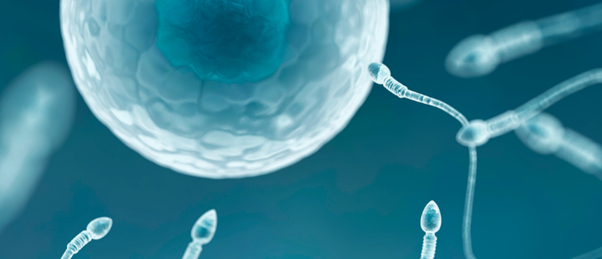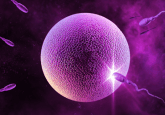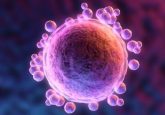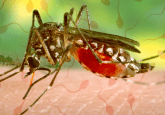What causes infertility?

There is hope for novel infertility treatments as the functions of genes involved in meiosis and gamete formation are beginning to be elucidated.
Researchers at Kumamoto University’s Institute of Molecular Embryology and Genetics (IMEG; Japan) have followed up on their discovery of MEIOSIN – the gene that activates meiosis – by further investigating the Zfp541 gene in mice. They hope their research will pave the way to the development of novel infertility treatments for humans.
MEIOSIN not only switches on meiosis – the cell division that enables the number of chromosomes to be halved in sex cells – but also simultaneously activates hundreds of genes that are involved in gamete formation. On completion of meiosis, DNA continues to be condensed and gamete formation begins, which in turn inactivates the expression of meiosis-related genes. However, the process by which meiotic mechanisms are halted at the correct time is currently unknown.
After the team at IMEG discovered MEIOSIN, they moved on to explore functions of genes that are activated by MEIOSIN, beginning their analysis with Zfp541. They interrupted the function of Zfp541 by genome editing in mice, which led to infertility as no sperm were produced, and the discovery that Zfp541 is essential in the regulation of meiosis and important for sperm production.
 Sexual reproduction: what’s the fuss?
Sexual reproduction: what’s the fuss?
One way of gaining a head start in the race to produce the most offspring is for all members of a species to bear young: meaning that, at maximum capacity, all mature members of a species could theoretically be producing offspring simultaneously.
It was also discovered that Zfp541 is expressed in the late meiotic prophase and binds to promoters on other meiosis-related genes. Using mass spectrometry, the team confirmed that Zfp541 binds to an enzyme that is known to remove acetyl groups from histones (HDAC1) and an unknown protein, KCTD19. This led the team to conclude that Zfp541 and HDAC1 act together to remove the acetyl group of histones that act as markers for activation of gene expression in the promoter regions of other genes. Therefore, inactivating these meiosis-related genes and completing meiosis.
“This research is a follow-up to our discovery of MEIOSIN published in February of 2020 and reveals part of the function of a gene under the control of MEIOSIN whose function is still unknown,” explained study leader, Yuki Takada.
“Although these results were verified in mice, Zfp541 is also known to exist in humans. There are many cases of infertility in humans where the cause is unknown, but we expect that this result will contribute to the elucidation of the pathogenesis of infertility, especially those related to sperm dysplasia.”
The IMEG team hope that their research will lead to the development of novel infertility treatments, and they will continue to uncover the roles of other genes in meiosis, with the aim to assist in the full elucidation of gamete formation.





